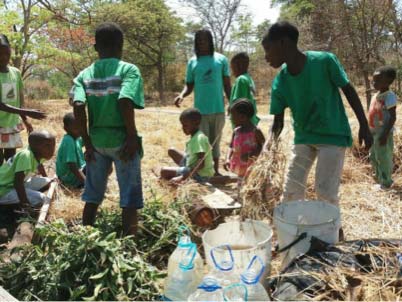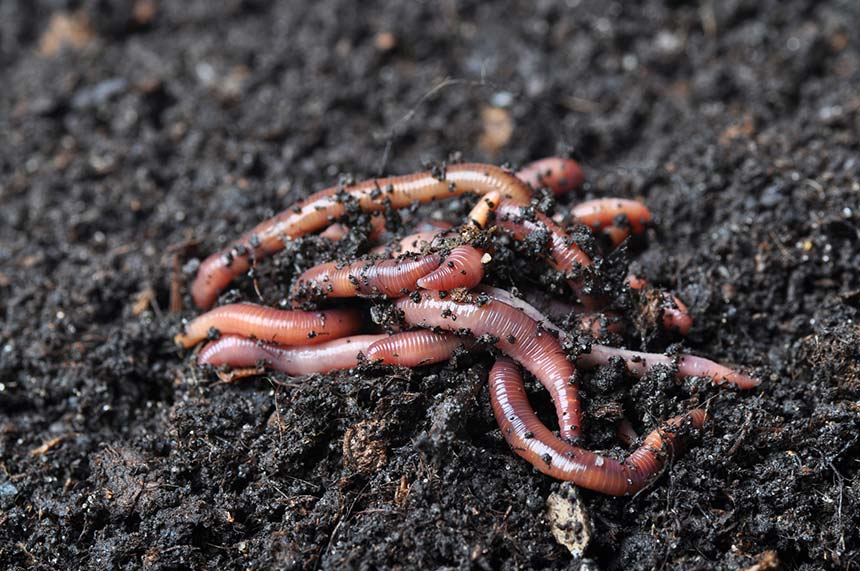Nature Quest
Activity #5NATURE QUEST ACTIVITY
Composting

Fancy rotten tomatoes, grass cuttings and onion skins for dinner? No? Well, we know wildlife that would! It’s one of nature’s miracles that fruit, vegetable and plant scraps that we throw away are readily gobbled up by an army of wild recyclers. You can watch this in action by making your own compost.
A brigade of insects and creepy crawlies get a supply of food and you get perfect compost to help more plants grow. So how about turning your fruit and vegetable leftovers into a tasty dinner for your garden bugs?

Did you know composting can suppress plant diseases. It will also usually eliminate the need for chemical fertilizers.
EQUIPMENT NEEDED
With minimum effort, you can be up and running in no time with the perfect spot to house your garden prunings, kitchen waste (not meat or dairy) and grass clippings:
- A spare corner of your school grounds
- Wooden pallets and posts, nails or string
STEP BY STEP GUIDE
1. Get hold of four wooden pallets or make them out of planks of wood. Erect them in a square, either by fastening the corners together with strong string (known as lashing), or by nailing them together. At some stage you will want to access the contents of the heap, so it’s good to make one side removable. As you fill the heap, it makes it easier for getting material in and out if you have a moveable side.
2. Feed your heap with a mix of green (clippings, weeds and uncooked vegetables peelings) and brown materials (sticks, dried grass, paper and cardboard). This the first secret to making great compost quickly. Aim for a mix of thin alternating layers of green (nitrogen-rich) and brown (carbon-rich) materials. Don’t include meat, cooked food (bread, cooked rice, leftovers etc.), dairy products or pet waste. Avoid these, and the risk of rats using your heap are very small (but if they do visit, cut out the vegetable peelings).
3. Shred your material thinly. This is the second rule for making great compost. The finer the material is shredded before it goes in, the quicker it will rot. Get this right and your heap should build up quite a temperature, killing off any weed seeds.
4. Keep the heap moist but not sodden. Water it with a watering can if necessary in dry weather. Putting a cover on your heap helps keep in heat and moisture, but keeps it getting too wet if it rains. You could use an old offcut of carpet or some wood.
5. Turning the contents with a fork can help speed up the decomposition, but be careful not to disturb or – worse still – spike slow-worms or toads in the process.
6. Your compost heap will start to become home to legions of lice, centipedes and even slow-worms. And double-bonus: you can return all the goodness of this wholesome compost back to your garden, within a year, sometimes less.
ASSOCIATED GAME

Smelly Cocktails
Give each child a pot – a plastic cup or an old plastic bottle with the top third cut off. Go on a walk and collect bits of plants/leaves, herbs, grasses, flowers (if appropriate). Mash these up with a stick and a drop of water and then encourage the children to smell each other’s concoctions.
Don’t forget to email or send us photos/drawings/writing to chirimutaronald@gmail.com or birds@zol.co.zw to demonstrate you’ve completed this activity.

